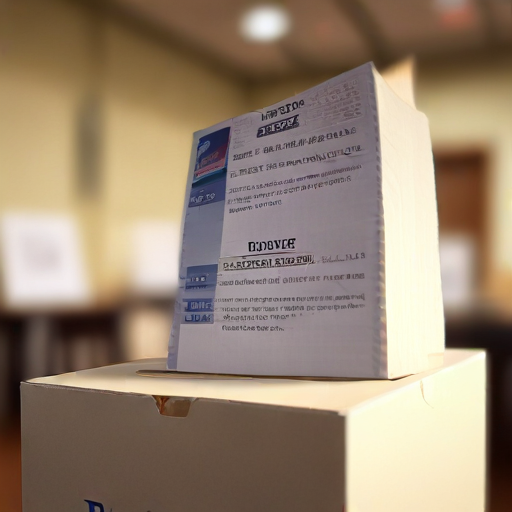A historic surge in early voting has been witnessed in the lead-up to the 2024 presidential election, with millions of Americans already casting their ballots and many more expected to do so before Election Day. However, it’s important to remember that the presidency is determined not by the popular vote, but by the Electoral College.
The Electoral College consists of 538 votes, and a candidate must secure a majority of 270 to win. Most states use a winner-take-all method, where the candidate who receives the most votes earns all of that state’s electoral votes. Only Maine and Nebraska deviate from this system by allowing the splitting of electoral votes.
In the upcoming presidential race between former President Donald Trump and current Vice President Kamala Harris, key battleground states, such as Pennsylvania, North Carolina, Georgia, Michigan, Arizona, Wisconsin, and Nevada, will play a crucial role. Among these, Pennsylvania holds the most significant number of electoral votes at 19.
The allocation of Electoral College votes is based on the total number of U.S. senators and representatives from each state. Consequently, every state has at least three votes, while states with larger populations receive more. Interestingly, the District of Columbia also has three electoral votes, despite having no voting members in Congress.
The recent congressional redistricting, which occurred after the 2020 U.S. Census, resulted in shifts in electoral votes, with six states gaining at least one additional vote and seven states losing one. Texas emerged as a significant winner in this process, increasing its electoral votes from 38 to 40, while other states like Colorado, Florida, Montana, North Carolina, and Oregon gained one vote each.
Conversely, several states faced losses in electoral representation. This includes California, Illinois, Ohio, Michigan, New York, Pennsylvania, and West Virginia, all of which lost an electoral vote in the current election year.
As we approach Election Day, it’s a pivotal moment for citizens to engage in the democratic process and understand the vital role every vote plays, both individually and within the broader framework of the Electoral College.
With many voters participating early, the potential for a high turnout suggests that American democracy is alive and well, reflecting strong civic engagement as the nation prepares to head to the polls once again.
